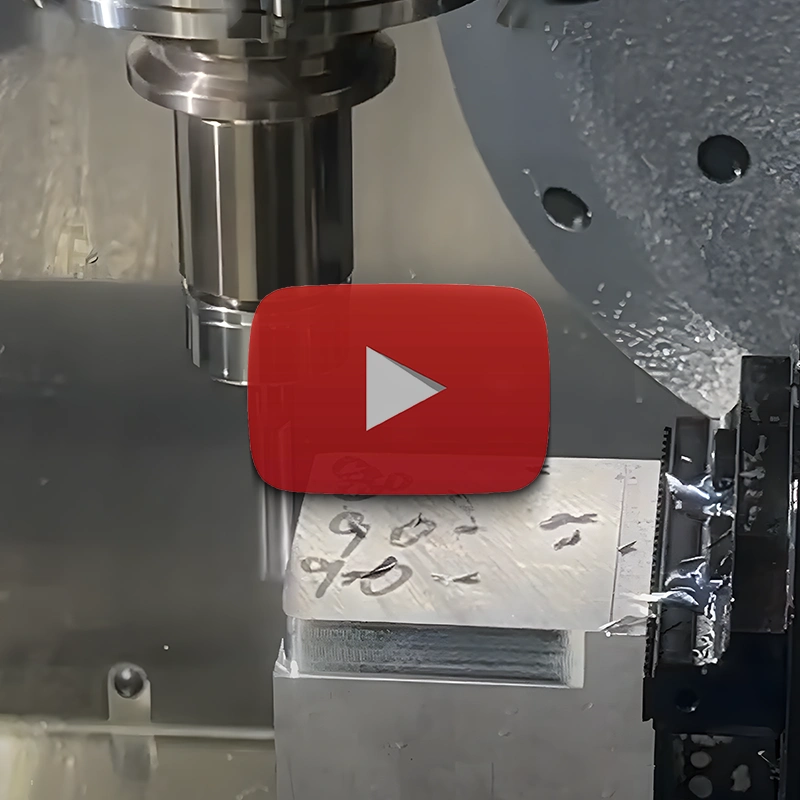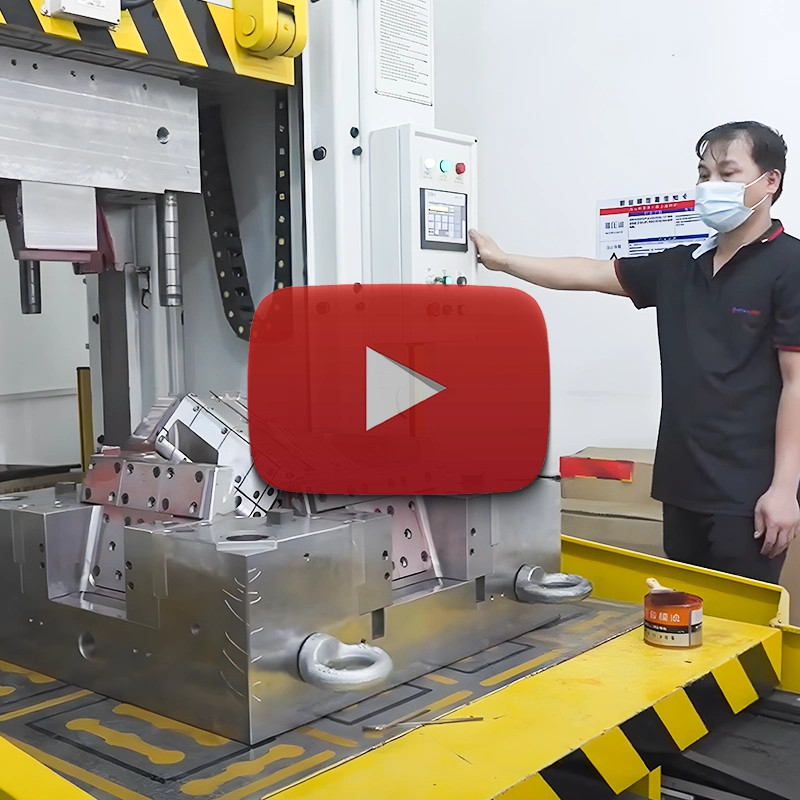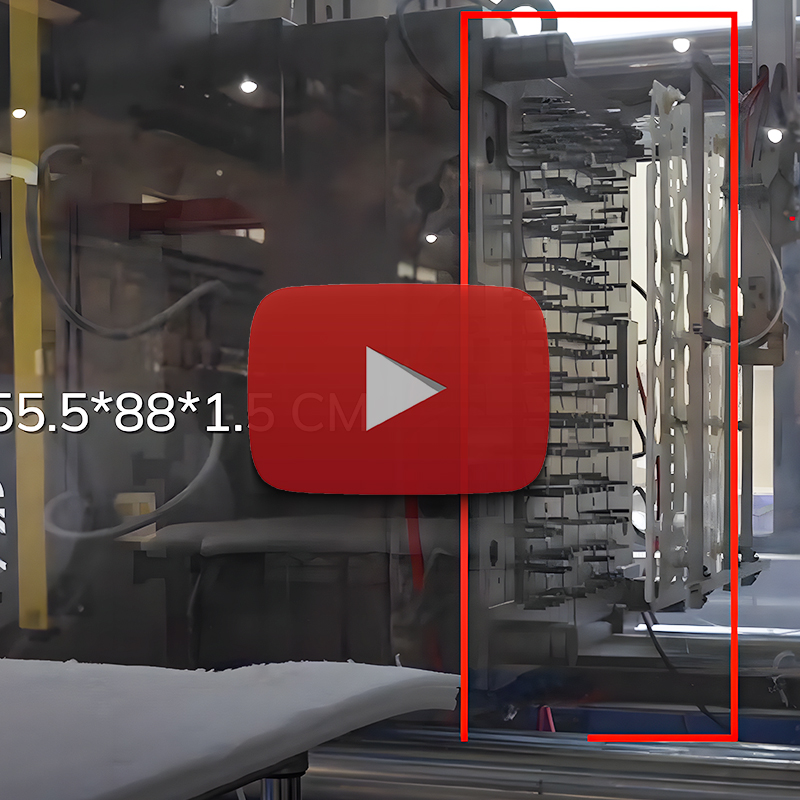Understanding how to calculate production capacity is something that every manufacturing business has to know. Whether plastic parts, metal components, or any other product are being fabricated, knowing the capacity will assist in meeting demand, smoothening out operations, and planning for future growth. Follow the steps below to calculate your production capacity.
Define Your Production Units
The first step in determining your fabrication capacity is to define what a unit of production is. This could be pieces, kilograms, meters, or any other measurable unit relevant to your process. For example, if you are manufacturing plastic parts, then this may be the number of parts fabricated per hour.
Determine Available Production Time
Calculate the total available production time. Consider working hours per day, days per week, and any planned downtime for maintenance or holidays. For example, if your factory works 8 hours a day, 5 days a week, you have 40 hours of production time each week.
Measure Machine and Labor Efficiency
Efficiency is about establishing the fabrication capacity. Calculate the efficiency of your machinery and labor. The efficiency of the machine can be judged by the percentage of time the machines are running at full speed without interruption. Similarly, labor efficiency takes into account how productively your workforce is working during their working hours.
Calculate the Output Rate
Measure your rate of production units. See how many units your machinery and/or labor can produce in a given period. For example, a machine could be producing 500 units an hour and you may have 5 of those, so your per-hour rate of production would be 2,500 units.
Perform the Final Calculation
Finally, multiply the available production time by the output and efficiency rate. For instance, if a company has 40 hours of production time per week, an hourly output rate of 2,500 units with an efficiency rate of 85%, their weekly fabrication capacity would be:
40 hours/week × 2,500 units/hour × 0.85 = 85,000 units/week
Conclusion
Calculating your fabrication capacity accurately ensures that you can meet your production targets and work efficiently. It may, therefore, define production units, the available production time, efficiency of machines, and labor, measure an output rate, and finally do a calculation. This all-round approach will prepare your plan and resources, hence increasing your productivity and profitability for your manufacturing business. Stay ahead of the competition—Understand your capacity and leverage it to handle market demand.








